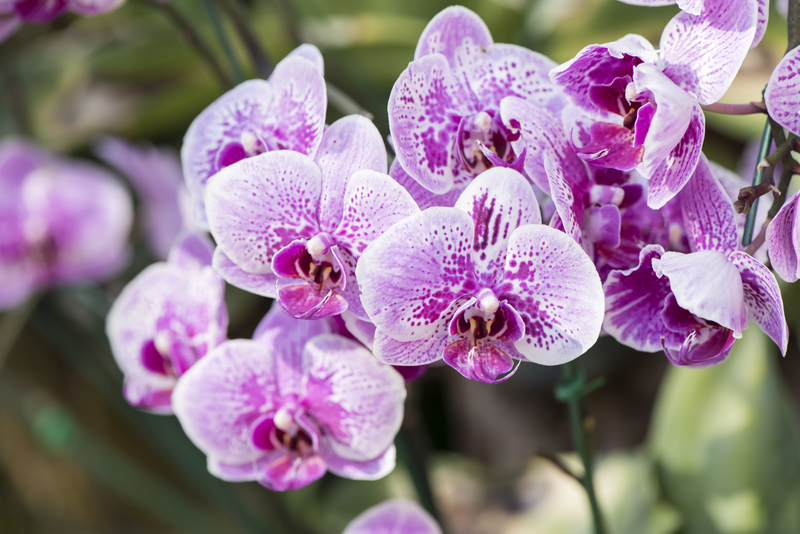Best Lawn Mowing Height
Posted on 13/03/2025
Best Lawn Mowing Height: The Ultimate Guide for a Healthy Lawn
Maintaining a lush, green lawn is the pride of many homeowners. However, simply watering and fertilizing your grass isn't enough. Mowing height plays a crucial role in keeping your lawn healthy. In this guide, we'll delve into the best lawn mowing height, tips for proper mowing, and the pros and cons of different mowing heights.
Why Mowing Height Matters
The height at which you mow your lawn has a significant impact on grass health. Cutting your grass too short can cause stress, make it more susceptible to weeds, and reduce its ability to withstand drought conditions. Conversely, letting it grow too tall can lead to issues like disease and uneven growth.

Ideal Mowing Heights for Different Grass Types
Not all grass species should be mowed to the same height. Here's a quick reference for the optimal mowing heights for the most common types of grasses:
- Kentucky Bluegrass: 2.5 to 3.5 inches
- Perennial Ryegrass: 2 to 3 inches
- Tall Fescue: 3.5 to 4 inches
- Bermuda Grass: 1 to 2 inches
- St. Augustine Grass: 2.5 to 4 inches
- Centipede Grass: 1.5 to 2 inches
- Zoysia Grass: 1 to 2 inches
Seasonal Adjustments
Adjust your mowing height based on the season. During the hot summer months, raising the mower height helps keep the grass blades longer, which provides shade to the soil and reduces water evaporation. In cooler months, you can lower the mower height slightly but avoid cutting more than one-third of the grass blade at any given time.
Tips for the Perfect Lawn Mowing
1. Regular Mowing
Frequent mowing encourages the grass to grow thicker by promoting lateral growth. Aim to mow your lawn once a week during peak growing seasons.
2. Sharp Blades
Dull mower blades can tear grass instead of cutting it cleanly, leading to ragged edges that are more prone to disease. Regularly sharpen your mower blades to ensure a clean cut.
3. Proper Watering
Water deeply but infrequently to encourage deep root growth. Ideally, lawns should receive about 1 inch of water per week, either from rainfall or irrigation.
Pros and Cons of Different Mowing Heights
| Mowing Height | Pros | Cons |
|---|---|---|
| Short (1-2 inches) | Neat appearance, less thatch buildup | Prone to drought and weed invasion, higher maintenance |
| Medium (2-3 inches) | Balanced appearance, moderate maintenance | Moderate thatch buildup, susceptibility to some weeds |
| Tall (3-4 inches) | More drought-resistant, better weed prevention | Potential for thatch buildup, can look unkempt |

Takeaways
- Different grass types have distinct optimal mowing heights. Know your grass and mow accordingly.
- Adjust mowing height based on seasonal changes to promote a healthy lawn.
- Maintain sharp mower blades and mow regularly to keep your grass in top shape.
- Balancing between too short and too tall is crucial; aim to follow the one-third rule when mowing.
Conclusion
Finding the best lawn mowing height hinges on understanding your specific grass type, taking seasonal conditions into account, and adhering to best practices for lawn care. By following the guidelines laid out in this article, you'll be well on your way to a lush, healthy, and visually appealing lawn.
The ideal mowing height for your lawn depends on the type of grass you have, but generally falls between 2-4 inches. Regularly mowing at this height, using sharp blades, and making seasonal adjustments will promote a healthy, vibrant lawn.







